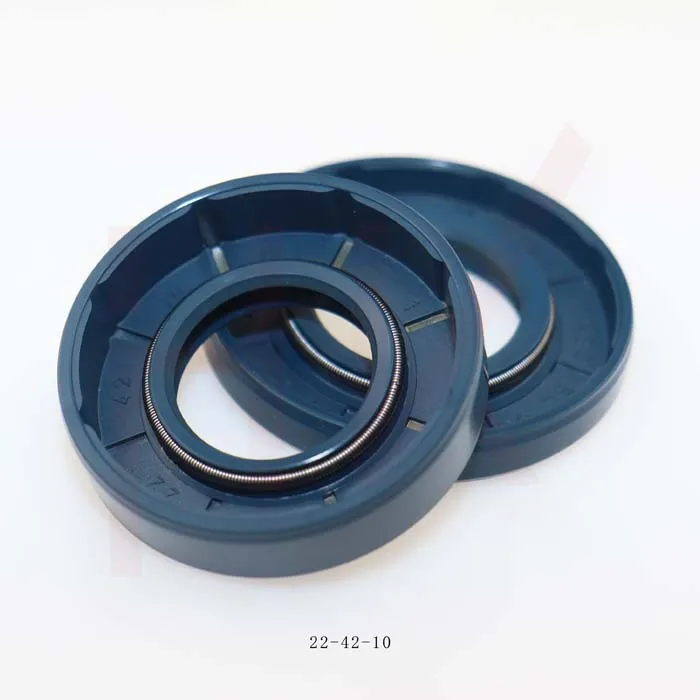des . 20, 2024 03:21 Back to list
replacing seals hydraulic cylinder
Replacing Seals in Hydraulic Cylinders A Comprehensive Guide
Hydraulic cylinders are vital components in various industrial and agricultural machines, providing the necessary force for lifting, pushing, and moving operations. However, over time, the seals within these cylinders can wear out, resulting in leaks that decrease efficiency and can lead to costly repairs. Replacing seals in hydraulic cylinders is an essential maintenance task that can improve performance and extend the life of the equipment. In this article, we will explore the importance of seals, the process for replacing them, and best practices to ensure optimal results.
Understanding Hydraulic Seals
Hydraulic seals are components that prevent the fluid from leaking out of the cylinder while allowing the moving parts to function smoothly. They are critical for maintaining pressure and efficiency within hydraulic systems. Common materials used for hydraulic seals include polyurethane, nitrile rubber (Buna-N), and fluorocarbon, each of which offers different resistance to temperature, pressure, and chemicals present in hydraulic fluids.
Signs of Seal Failure
Before diving into the replacement process, it is crucial to recognize the signs of seal failure. Common indicators include
1. Fluid Leaks The most evident sign is the accumulation of hydraulic fluid around the cylinder, which may indicate that the seals are worn or damaged. 2. Decreased Performance A noticeable reduction in lifting power or responsiveness can suggest internal leaks, often attributed to failing seals. 3. Unusual Noises Gurgling or whining sounds coming from a hydraulic cylinder can indicate air entering the system due to seal failure. 4. Cylindrical Wear Marks Physical inspections may reveal scratches or wear marks on the cylinder rod, which can cause further seal damage.
The Replacement Process
Replacing seals in hydraulic cylinders involves several steps
1. Preparation Before beginning the replacement, ensure the hydraulic system is depressurized to avoid any accidents. Disconnect any hoses and electrical connections.
replacing seals hydraulic cylinder

2. Disassembly Carefully remove the cylinder from its mounting. This may involve unscrewing bolts or removing clamps. Once removed, place the cylinder in a clean, stable area to proceed with disassembly.
3. Remove the Old Seals Using a seal removal tool, carefully extract the old seals from the cylinder. Take extra care not to scratch or damage the cylinder's surfaces during this process.
4. Clean the Cylinder Thoroughly clean the cylinder bore and rod using a lint-free cloth and suitable cleaning solvent. This step is vital to remove debris, dirt, and any remnants of the old seal, ensuring a proper fit for the new seals.
5. Install New Seals Lubricate the new seals with hydraulic fluid to facilitate installation. Gently press them into the appropriate grooves, making sure they are seated evenly. Ensure that you are using the correct seals compatible with your hydraulic system’s specifications.
6. Reassemble the Cylinder Once the new seals are in place, reassemble the cylinder. Reattach the cap or end covers, ensuring all fasteners are tightened to the manufacturer’s specifications.
7. Testing After reassembly, reinstall the cylinder into the hydraulic system and reconnect all hoses and connections. Gradually pressurize the system and check for any leaks. Perform several operational tests to ensure everything functions as expected.
Best Practices
To prolong the life of hydraulic seals, implement the following best practices
- Regular Inspections Schedule routine checks for leaks, wear, and overall cylinder condition. - Maintain Cleanliness Always keep the work area and components clean during maintenance to prevent contamination. - Use Quality Parts Invest in high-quality seals that meet or exceed OEM specifications. - Educate Staff Train employees on proper handling and maintenance of hydraulic systems to minimize errors and prolong equipment life.
Replacing seals in hydraulic cylinders is an essential process that can enhance performance and reliability. By recognizing the signs of seal failure and following a systematic replacement procedure, operators can ensure their hydraulic systems operate smoothly for years to come.
-
TCN Oil Seal Metal Ring Reinforcement for Heavy Machinery
NewsJul.25,2025
-
Rotary Lip Seal Spring-Loaded Design for High-Speed Applications
NewsJul.25,2025
-
Hydraulic Cylinder Seals Polyurethane Material for High-Impact Jobs
NewsJul.25,2025
-
High Pressure Oil Seal Polyurethane Coating Wear Resistance
NewsJul.25,2025
-
Dust Proof Seal Double Lip Design for Construction Equipment
NewsJul.25,2025
-
Hub Seal Polyurethane Wear Resistance in Agricultural Vehicles
NewsJul.25,2025
-
The Trans-formative Journey of Wheel Hub Oil Seals
NewsJun.06,2025
Products categories
















